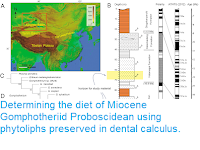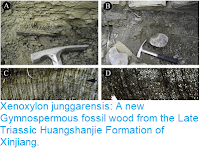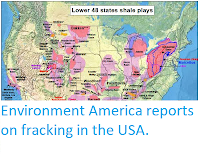The Junggar Basin of Xinjiang Province is the second largest sedimentary basin in China, covering an area of about 380 000 km². It is bounded by the Altai Mountains in the northeast and the North Tianshan Mountains in the south, with the central part of the basin forming the Guerbantonggute Desert. The basin has a basement of crystaline Precambrian rocks, overlain by folded Devonian to Early-Middle Carboniferous deposits, then a stratified sedimentary sequence that lasts from the Carboniferous to the Quaternary, comprising shallow sea facies limestone, and continental facies, including sandstone, mudstone and conglomerates. The Junggar Basin contains numerous fossil bearing strata, which have produced coal, oil, silicified wood, Dinosaurs, Fish and Shellfish. Oil has been exploited in the basin since 1955, when the Karamay Oilfield was discovered, the first oilfield discovered in China after the revolution, but over sixty years of exploration has failed to find any further significant oil reserves.
In a paper published in the journal Acta Geologica Sinica on 27 February 2018, Hao Ziguo and Fei Hongcai of the Chinese Academy of Geological Sciences and the Geological Society of China, Hao Qingqing of the Institute of Mineral Resources Research of the China Metallurgical Geology Bureau, and Liu Lian, also of the Chinese Academy of Geological Sciences and the Geological Society of China, describe the discovery of a significant oil resevoir in the central part of the Junggar Basin.
The discovery of the reserve was announced by the Xinjiang Oil Field Co, a subsidiary of PetroChina, announced the discovery at the end of 2017, having begun surveys of the basin in 2005. It is located in the Triassic Baikouquan Formation, a shallow water facies fan delta and associated conglomerate deposits, located 4400-6000 m below the surface.
Geological map showing the distribution of conglomerate type oilfields in the Junggar Basin of Xinjiang. (1) Proven reserves; (2) Probable reserves; (3) Possible reserves; (4) Fault; (5) Fan delta plain facies; (6) Fan delta front facies; (7) Shore-shallow lake facies. Hao et al. (2018).
The deposits represent the largest conglomerate is the second largest known conglomerate based oil-reserve in the world, after the Hemlock Oilfield in the United States, with an estimated reserve of over 1.24 billion tons of petroleum.
See also...
Follow Sciency Thoughts on Facebook.







